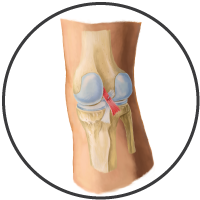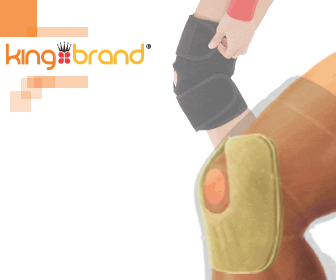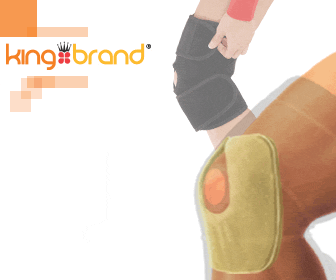PCL Tear Surgery
Most Grade I and II PCL Injuries can be successfully healed using conservative treatment methods, but if you have a Grade III PCL Tear, surgery may be your only option. Surgery is appropriate for people who are below 40 years of age and are planning on maintaining a fairly high activity level. People who are over 40 and who don't plan on being as active usually aren't recommended to go through with surgery.
The type of surgery required will depend on the severity of your PCL Tear. If you have sustained injuries to other parts of your knee, these may be repaired or reconstructed at the same time as the PCL.
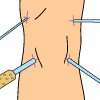
Arthroscopic Procedure - Arthroscopic surgery involves a tiny tube with a camera at the end being inserted into a small incision in the knee joint. This allows the surgeon to see the inside of your knee joint. Other small incisions will be made for the surgical tools.
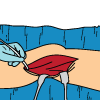
Open Procedure - An open procedure involves a larger incision. Open surgery is more invasive and would be appropriate for more complex PCL Tears, or for performing surgery on multiple structures in the knee.
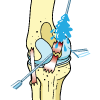
PCL Repair - If you have only partially torn the PCL, it can be sewn back together through repair surgery. This is usually an arthroscopic procedure, unless there are other tears or injuries in your knee that need to be repaired at the same time.
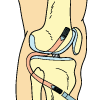
PCL Reconstruction - If you have completely ruptured the PCL, this means the tissue is in two separate pieces and cannot be healed by sewing it back together. In a PCL Reconstruction, a tissue graft is used to restore the torn ligament. This will either be taken from another area of your body, or from a donor.
